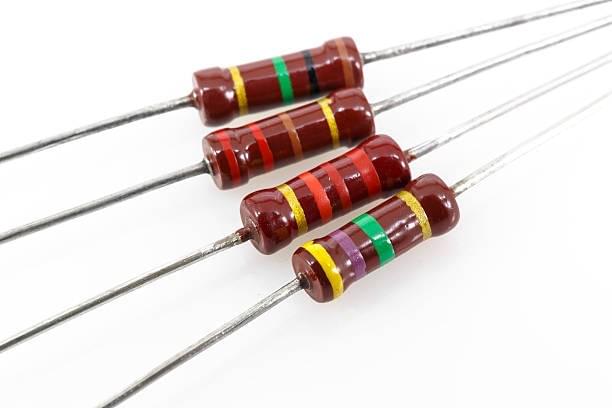
As a matter of fact, resistors are important components that determine the lifespan of an electrical device. They do this by opposing the volume and speed of current flowing in a single complete circuit. They are made using materials that are able to withstand high temperatures. This is what creates a defense in an electronic gadget or device when there are power flow changes.
On the other hand, resistors have properties like efficient thermal conductivity which makes it easy for them to dispose of the currents withheld in the form of heat. The heat accumulated is disposed of to the environment reducing heat accumulation in the device. This is what allows for efficient cooling. Due to this fact, some resistors will require forced air such as the use of fans in order to cool. Some are cooled using liquids such as water or oil.
This prevents the resistor from getting damaged mostly when in maximum load. Regardless of the heating and cooling method used, the material used or the nature of the resistor, they are all made to serve one purpose. That is dissipated power and keep the device safe from changing electric currents. There are different types of high power resistors. Some of the common types include the Wirewound resistors, the grid, the current shunt, and carbon film among others. Find a great current sense resistor or contact this wirewound Resistor company.
Wirewound resistors.
This is a type of power resistor that is mainly made of a metal wire. However, the wire is rolled around a certain solid material such as a granite rod, fiberglass, ceramic bar or plastic material. Metals are also used although this is not common. In fact, nonconductive metals are the ones that are used. On each end of the bar or rod, metal leads are normally attached in order to hold the wire roll tightly and help in dissipating heat.
After coiling, a nonconductive enamel or paint is used to coat the final product. This helps in keeping the coil safe from environmental factors. Due to this fact, Wirewound resistors are very effective when it comes to temperature withstanding. In fact, they can withstand as high as 400 – 500 degrees Celsius. There are different types of wire winding used. Some of the common include the edge, helical and bifilar winding.
In a helical winding method, a wire is wound in a helix manner around a cylindrical material. This produces a cylindrical or coil-shaped resistor. Bifilar winding is similar to helical. However, winding is done in both opposite directions. This helps the electromagnetic fields created by the resistor. Edge winding is done at the tips or metal conductors. It is, however, important to get these materials from a genuine Wirewound resistor company so as to have a genuine product. You can read more on this here: https://en.wikipedia.org/wiki/Resistor.